Sourav Pan
Transcript
Stratified cuboidal epithelium is defined by two key characteristics.
First, it has multiple layers of cells, which is what stratified means.
The term stratified refers to the arrangement of multiple cell layers stacked upon each other.
Second, the surface layer consists of cube-shaped cells, which is what cuboidal means.
These cube-shaped cells have a distinct structure with prominent nuclei and are roughly as tall as they are wide.
This tissue type is primarily found in glandular structures throughout the body.
Stratified cuboidal epithelium performs specialized functions related to secretion and protection.
Together, these characteristics define stratified cuboidal epithelium as a specialized tissue with multiple layers and cube-shaped surface cells.
The cellular arrangement of stratified cuboidal epithelium features multiple distinct layers of cells.
When we examine the tissue more closely, we can see the stratified nature with multiple layers of cells.
The outermost layer is composed of cube-shaped cells that have roughly equal height and width dimensions.
This distinct arrangement provides both structural integrity and functional specialization to the tissue.
The multiple layers provide protection, while the cube-shaped outer cells are specialized for the tissue’s specific functions.
Stratified cuboidal epithelium displays distinct cellular composition across its layers.
The tissue consists of multiple layers of cells with organized structure.
The surface layer is composed primarily of cuboidal cells, which are roughly equal in width and height.
Looking more closely at these cuboidal cells, we can see their characteristic square-like shape.
Moving to the deeper layers, we observe an interesting variation.
The deeper layers contain a mix of cuboidal and columnar cells. Columnar cells are taller than they are wide.
This variation in cell shape throughout the layers is not random.
The different cell shapes contribute to the tissue’s ability to perform multiple functions and adapt to different physiological demands.
This structural arrangement is a key characteristic of stratified cuboidal epithelium, setting it apart from other epithelial tissues.
Cells within stratified cuboidal epithelium are connected through specialized cellular junctions.
Desmosomes provide mechanical strength, creating strong bonds between cells.
Gap junctions enable direct communication between cells, allowing small molecules and ions to pass from one cell to another.
These cellular junctions work together to maintain tissue integrity. Desmosomes provide structural support while gap junctions enable cells to communicate and coordinate their activities.
Section 6: Vascular and Neural Properties of stratified cuboidal epithelium.
An important characteristic of stratified cuboidal epithelium is related to its blood supply and nervous system connection.
This epithelial tissue is avascular, meaning it lacks its own blood vessels. Blood vessels are present only in the underlying tissue.
However, stratified cuboidal epithelium is innervated, receiving nerve supply that helps regulate its functions. These nerve fibers extend from deeper tissues to the epithelial cells.
Since the epithelium lacks its own blood vessels, nutrients must reach the cells through diffusion from underlying tissues that have blood supply.
These properties – being avascular yet innervated – are important for understanding how this specialized tissue functions and maintains itself.
Cellular turnover is a continuous renewal process in stratified cuboidal epithelium.
Let’s explore the epithelial tissue structure with its multiple layers of cuboidal cells.
New cells are continuously produced in the basal layer through cell division.
As new cells are formed, existing cells gradually migrate upward through the layers.
Once cells reach the surface, the oldest cells are shed and replaced by cells from below.
This continuous renewal process ensures the tissue maintains its functional integrity despite exposure to damage.
Stratified cuboidal epithelium serves as an essential physical barrier that protects underlying tissues.
Its multiple layers of cuboidal cells create a robust protective structure.
This epithelium shields underlying tissues from mechanical stress, such as pressure and abrasion.
The multiple cellular layers effectively resist different types of physical harm, including mechanical stress, abrasion, and external pressure.
Compared to single-layered epithelia, stratified cuboidal epithelium provides superior protection.
The stratified arrangement of cells creates redundancy, ensuring that damage to one layer doesn’t compromise the entire protective barrier.
Stratified cuboidal epithelium serves a crucial role in selective filtration.
This specialized tissue acts as a selective barrier, controlling which substances can pass through based on their size and properties.
The epithelium is arranged in multiple layers of cuboidal cells. Each layer plays a role in the selective filtration process.
Small molecules can easily pass through the entire epithelium.
Medium-sized molecules are selectively filtered. Some can pass through, while others are blocked.
Large molecules are typically blocked by the stratified layers of cells.
This selective permeability is a defining function of stratified cuboidal epithelium.
In glandular structures, this selective filtration is essential for maintaining proper internal environments.
The selective filtration property of stratified cuboidal epithelium ensures that only appropriate substances are absorbed or secreted, protecting the underlying tissues.
Stratified cuboidal epithelium performs an important absorption function in specific locations throughout the body.
The epithelium forms a selective barrier between the lumen of ducts or glands and the underlying tissues.
The cuboidal cells at the surface have specialized membrane properties that allow them to selectively absorb specific molecules.
These cells contain specialized transport proteins in their membranes that recognize and bind to specific molecules.
The transport process involves selective binding of molecules, conformational changes in the transport proteins, and release of the molecules into the cell.
Let’s observe how this process works within the complete tissue structure.
Only specific molecules are selectively absorbed by the epithelial cells. These molecules approach the apical surface of the cells, which faces the lumen.
These molecules are then transported through the cells and released into the underlying tissues, where they can be utilized by the body.
This selective absorption ensures that only specific molecules enter the body, while others remain in the lumen. The stratified nature of the epithelium provides a robust transport mechanism while maintaining the protective barrier function.
Stratified cuboidal epithelium plays an important role in secretory functions, particularly within glandular structures.
These specialized cells synthesize and release various biologically active substances.
The cells produce a variety of important molecules including enzymes, hormones, and mucins.
The secretory process involves synthesis within the cell, packaging in the Golgi apparatus, and transport to the cell membrane for release.
These secretory functions are essential for numerous physiological processes including digestion, hormonal regulation, and tissue protection.
The ability of stratified cuboidal epithelium to secrete bioactive molecules makes it a critical tissue type in glandular organs throughout the body.
Stratified cuboidal epithelium forms a regulated barrier between different compartments of the body.
Let’s take a closer look at how exchange processes occur at the cellular level.
The epithelium regulates the movement of various substances including water, ions, and small molecules.
The epithelium contains specialized transport proteins like ion channels, carrier proteins, and aquaporins.
Ions like sodium and potassium move through specific channels in the cell membrane.
Stratified cuboidal epithelium maintains homeostasis in specialized tissues such as kidney tubules and secretory glands.
Exchange processes are regulated by hormones like ADH and aldosterone, as well as factors such as pH, osmotic pressure, and cellular energy status.
In summary, stratified cuboidal epithelium regulates the movement of ions, water, nutrients, and waste products between different body compartments, maintaining homeostasis in specialized tissues and organs.
Sweat glands rely on stratified cuboidal epithelium to perform several critical functions in the body.
The primary function of sweat glands is thermoregulation. When body temperature rises, sweat is produced to cool the body through evaporation.
As we zoom in on a sweat duct, we can see it’s lined with stratified cuboidal epithelium. This specialized tissue consists of multiple layers of cube-shaped cells surrounding the central lumen.
A key function of the stratified cuboidal epithelium in sweat ducts is electrolyte reabsorption. As sweat passes through the ducts, sodium and chloride ions are selectively reabsorbed.
This reabsorption process is critical for maintaining electrolyte balance in the body. By regulating the amount of sodium and chloride lost in sweat, the body can maintain proper fluid and electrolyte levels even during heavy sweating.
In summary, the stratified cuboidal epithelium in sweat glands performs three essential functions: it facilitates thermoregulation through evaporative cooling, allows for selective reabsorption of electrolytes, and helps maintain the body’s overall electrolyte balance during periods of sweating.
The parotid glands contain stratified cuboidal epithelium that plays a crucial role in saliva production.
The gland consists of secretory acini, which produce the initial secretion, and a ductal system lined with stratified cuboidal epithelium.
Looking closer at the ductal system, we can see the stratified cuboidal epithelium that lines the ducts.
Within the secretory cells, specialized enzyme vesicles produce digestive enzymes, primarily amylase, which helps break down starches.
The parotid gland serves several key functions. It produces amylase enzyme which begins starch digestion in the mouth. It also secretes water and electrolytes that form the basis of saliva.
As saliva moves through the ducts, the epithelium modifies its composition by adjusting pH and electrolyte content. This ensures the saliva has optimal properties for its digestive functions.
The epithelium modifies saliva through sodium-potassium exchange, bicarbonate secretion, pH adjustment, and water balance regulation.
These modifications ensure that the final saliva has the proper composition for effective oral digestion and to aid in swallowing.
Mammary glands contain an intricate network of ducts lined with stratified cuboidal epithelium.
These ducts form a complex branching system that transports milk from the secretory alveoli to the nipple.
Let’s zoom in to examine the stratified cuboidal epithelium that lines these ducts.
The epithelium lining the mammary ducts has a stratified structure with multiple layers of cells.
This epithelium consists of two or more layers of cube-shaped cells. The inner layer faces the duct lumen.
The outer layer provides structural support and allows for tissue growth and regeneration.
The stratified structure provides significant strength to the ductal walls.
This multi-layered epithelium also offers flexibility, allowing the ducts to expand and contract as milk flows through the system.
Together, these properties create a ductal network that efficiently transports milk from the secretory alveoli to the nipple, vital for successful lactation.
The mammary glands contain an extensive duct system where milk is produced and transported.
The ducts are lined with stratified cuboidal epithelium, consisting of two layers of cube-shaped cells. Milk flows through the central lumen.
These epithelial cells actively synthesize and secrete milk components, including proteins, lipids, and immune factors.
The secreted components are released into the lumen, forming the nutritious milk that will flow through the duct system.
The stratified cuboidal epithelium also serves as a critical protective barrier, preventing contamination of the milk.
This barrier function is essential for maintaining the nutritional and immunological quality of breast milk.
Stratified cuboidal epithelium can be found in several locations beyond the major examples previously discussed.
In the male reproductive tract, particularly in portions of the epididymis, stratified cuboidal epithelium aids in sperm maturation and storage.
Certain regions of the kidney collecting ducts contain stratified cuboidal epithelium that helps regulate water and electrolyte balance.
Stratified cuboidal epithelium is also found in transitional zones between different epithelial types, providing a gradual adaptation from one tissue type to another.
In each of these locations, the stratified cuboidal epithelium adapts its structure and function to meet the specific physiological needs of that tissue.
When compared to other stratified epithelia, including squamous, columnar, and transitional types, stratified cuboidal epithelium stands out for its rarity.
Let’s compare the four main types of stratified epithelium. Stratified squamous epithelium is found in areas subject to abrasion, such as the skin.
Stratified cuboidal epithelium is relatively rare, mostly found in sweat glands, mammary glands, and salivary ducts.
Stratified columnar epithelium appears in parts of the male urethra and large ducts of some exocrine glands.
Transitional epithelium is specialized for the urinary system, allowing expansion and contraction.
Although rare, stratified cuboidal epithelium combines important advantages from both single and multi-layered tissues.
Like all stratified epithelia, it provides enhanced protection through multiple cell layers.
Let’s examine why the cuboidal shape offers metabolic advantages over other cell types.
Compared to squamous cells, which are flat with minimal cytoplasm, cuboidal cells have a larger volume with more space for cytoplasm and organelles.
This increased cellular capacity allows for greater secretory activity, making stratified cuboidal epithelium well-suited for glandular functions.
Let’s review the key aspects of stratified cuboidal epithelium.
Stratified cuboidal epithelium is characterized by multiple layers of cells with cube-shaped cells on the surface.
The top layer consists of cuboidal cells, while the base contains multiple cell layers providing structural support.
This epithelium serves several key functions:
It provides a protective barrier, performs secretory functions, and enables selective filtration in various glandular structures.
This epithelial tissue is primarily found in glandular structures throughout the body:
It’s present in sweat glands, parotid glands, and the ducts of mammary glands.
In conclusion, stratified cuboidal epithelium represents a specialized tissue that combines durability with functional capabilities.
Its unique structure of multiple layers with cube-shaped surface cells makes it ideally suited for its roles in glandular structures throughout the body.
Study Materials
No study materials available for this video.
Helpful: 0%
Related Videos
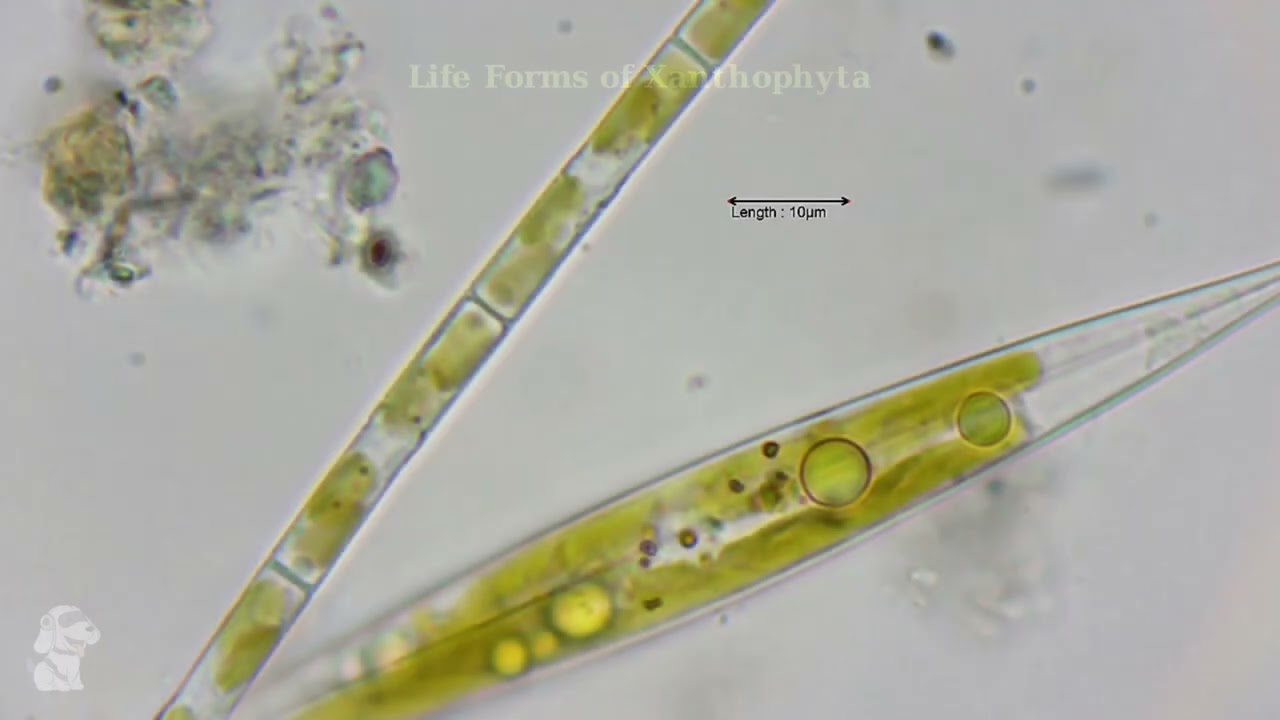
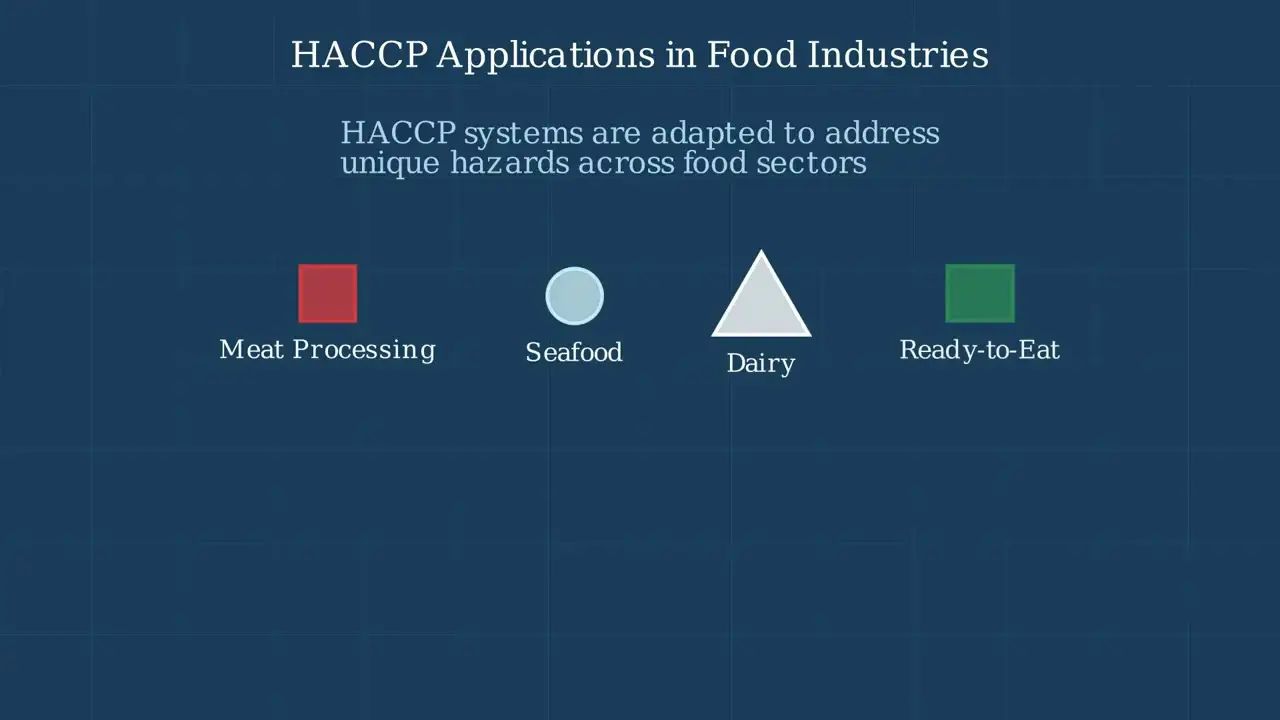
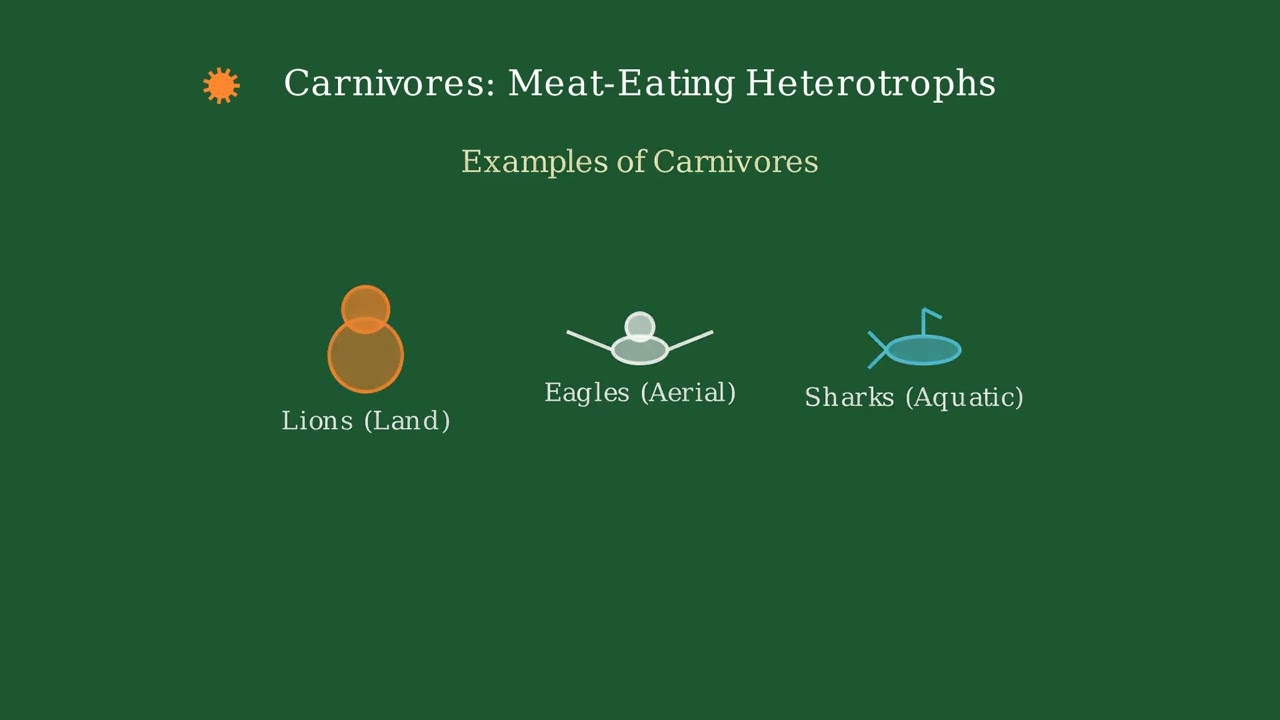
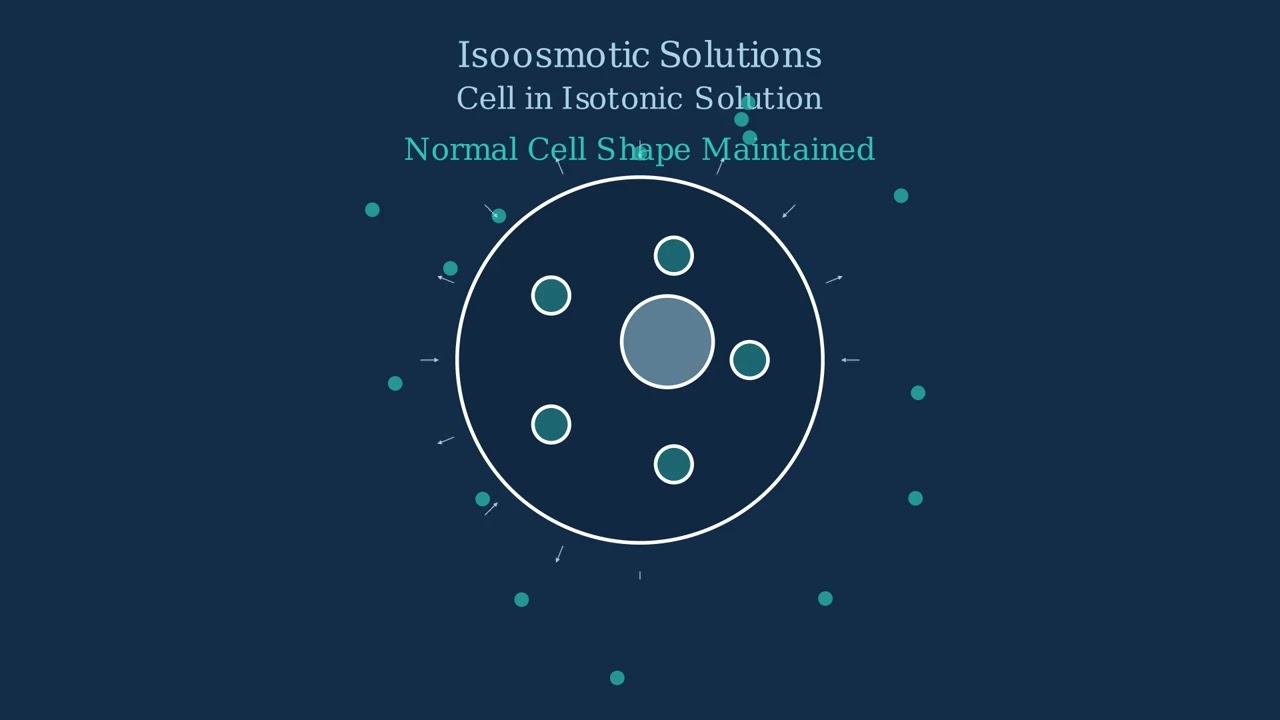
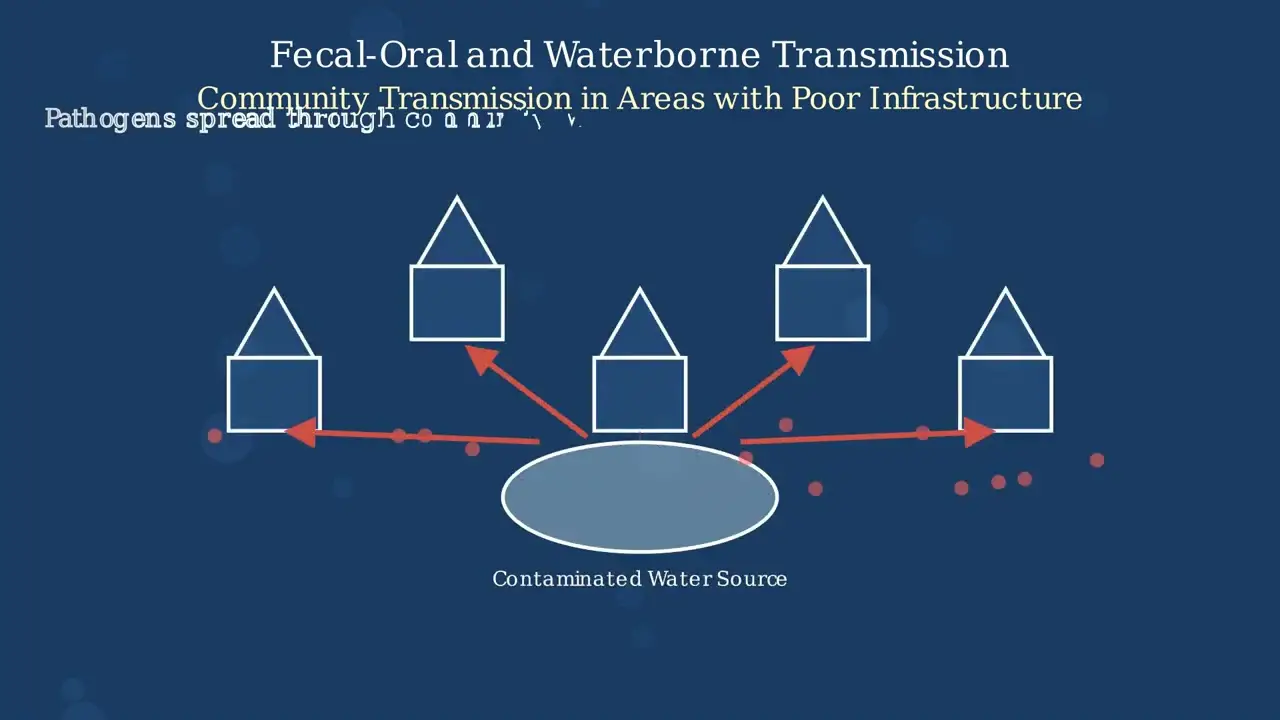
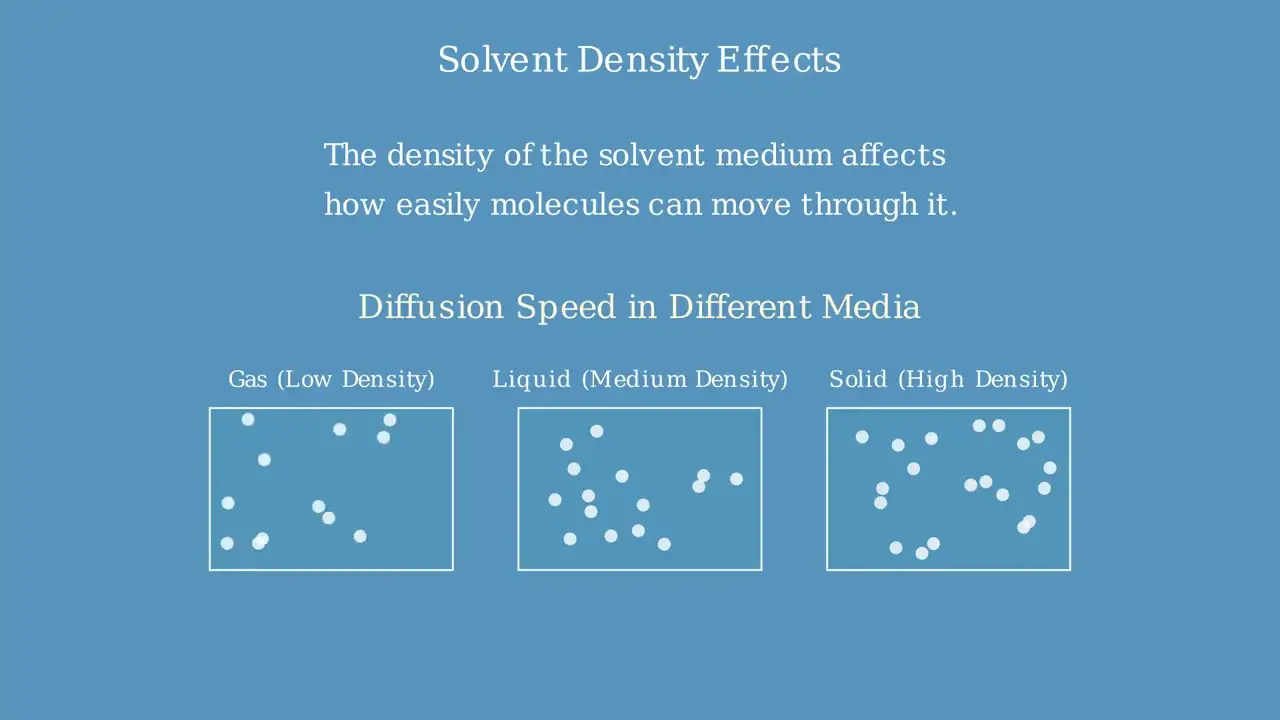
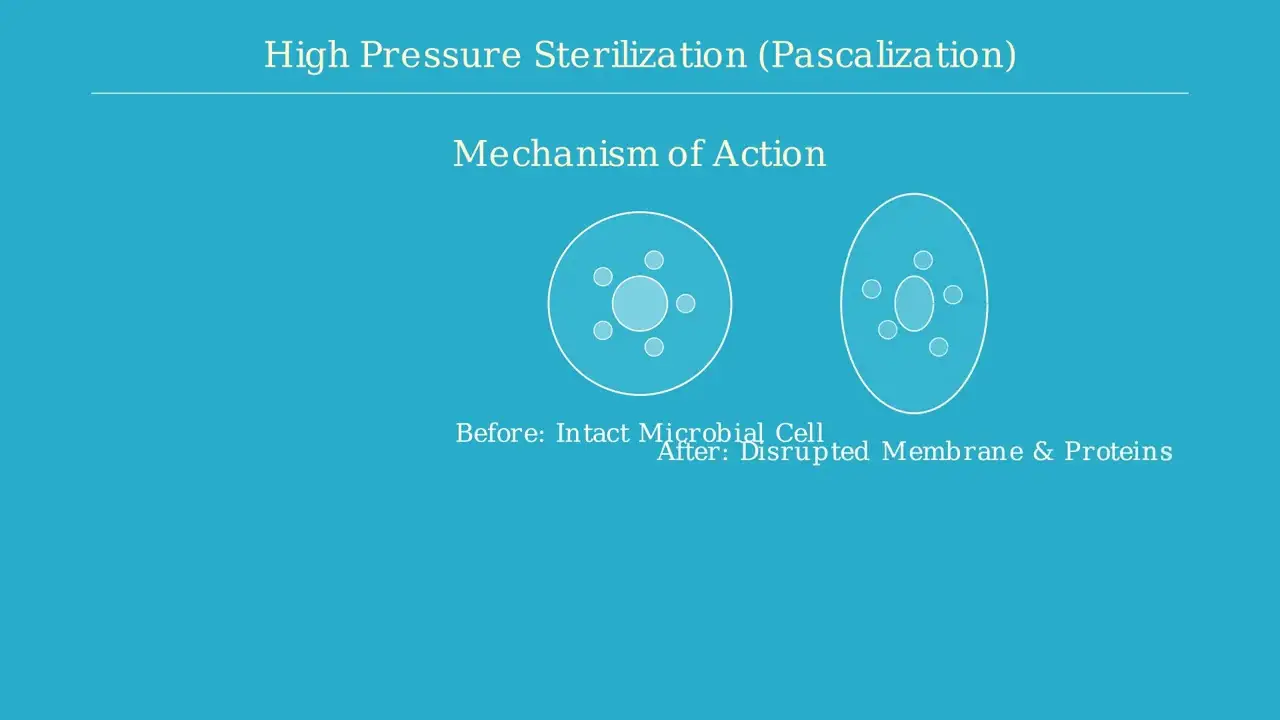


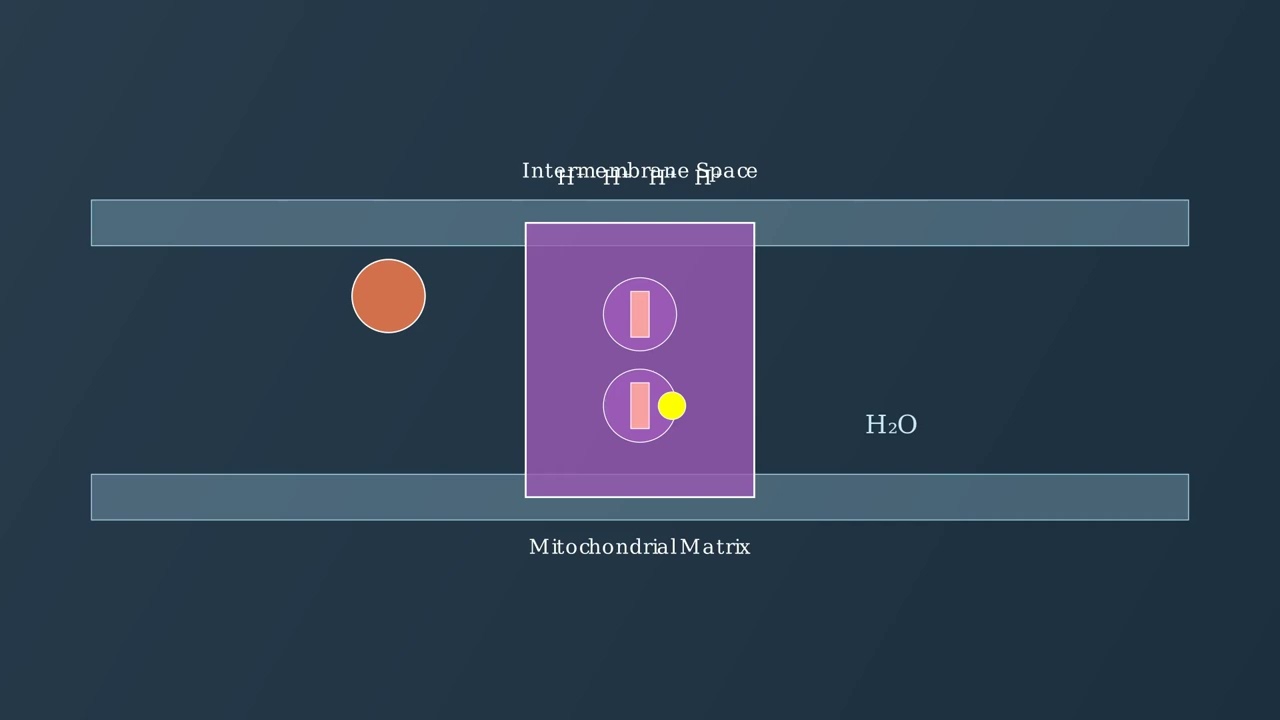
- Text Highlighting: Select any text in the post content to highlight it
- Text Annotation: Select text and add comments with annotations
- Comment Management: Edit or delete your own comments
- Highlight Management: Remove your own highlights
How to use: Simply select any text in the post content above, and you'll see annotation options. Login here or create an account to get started.